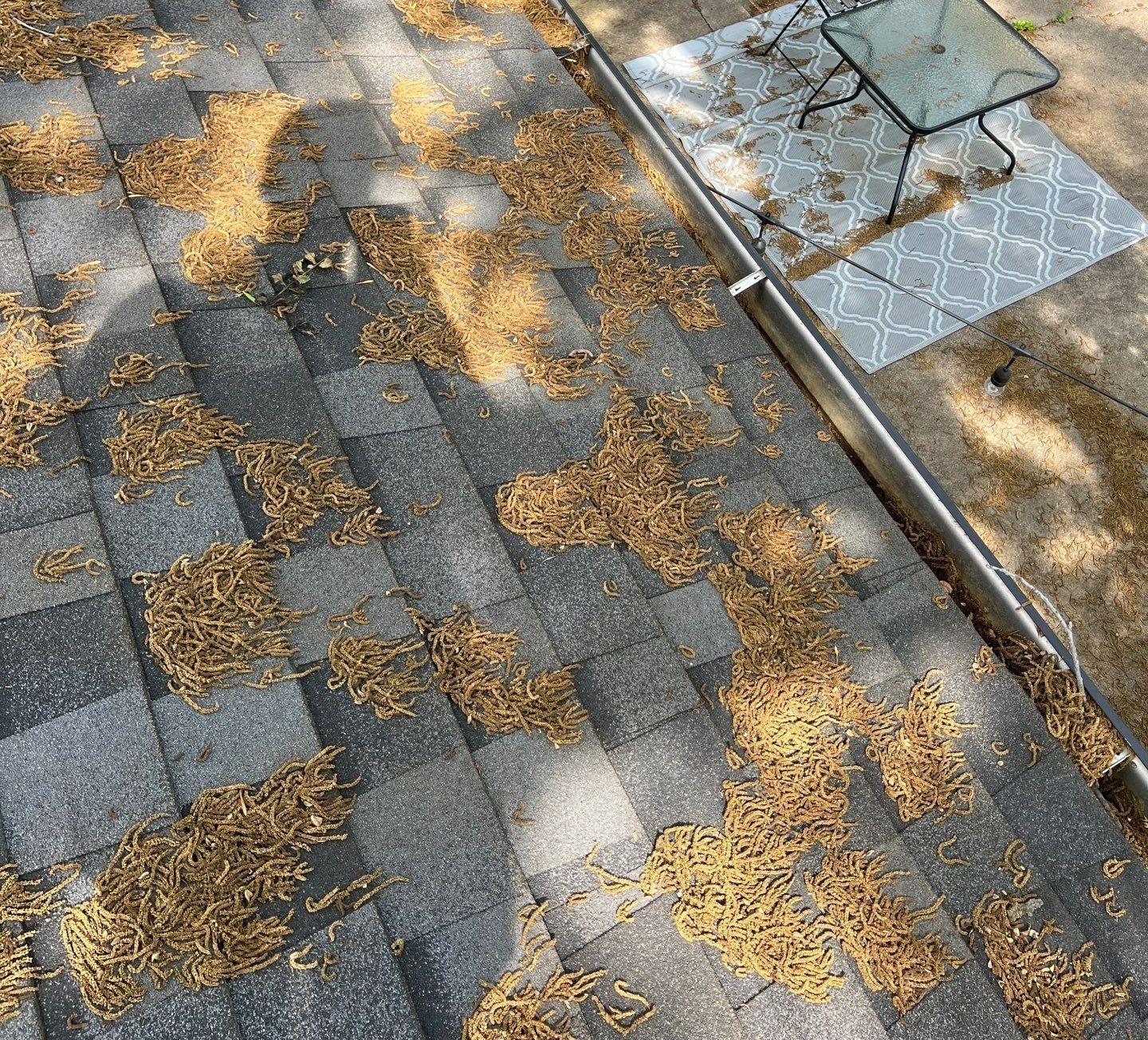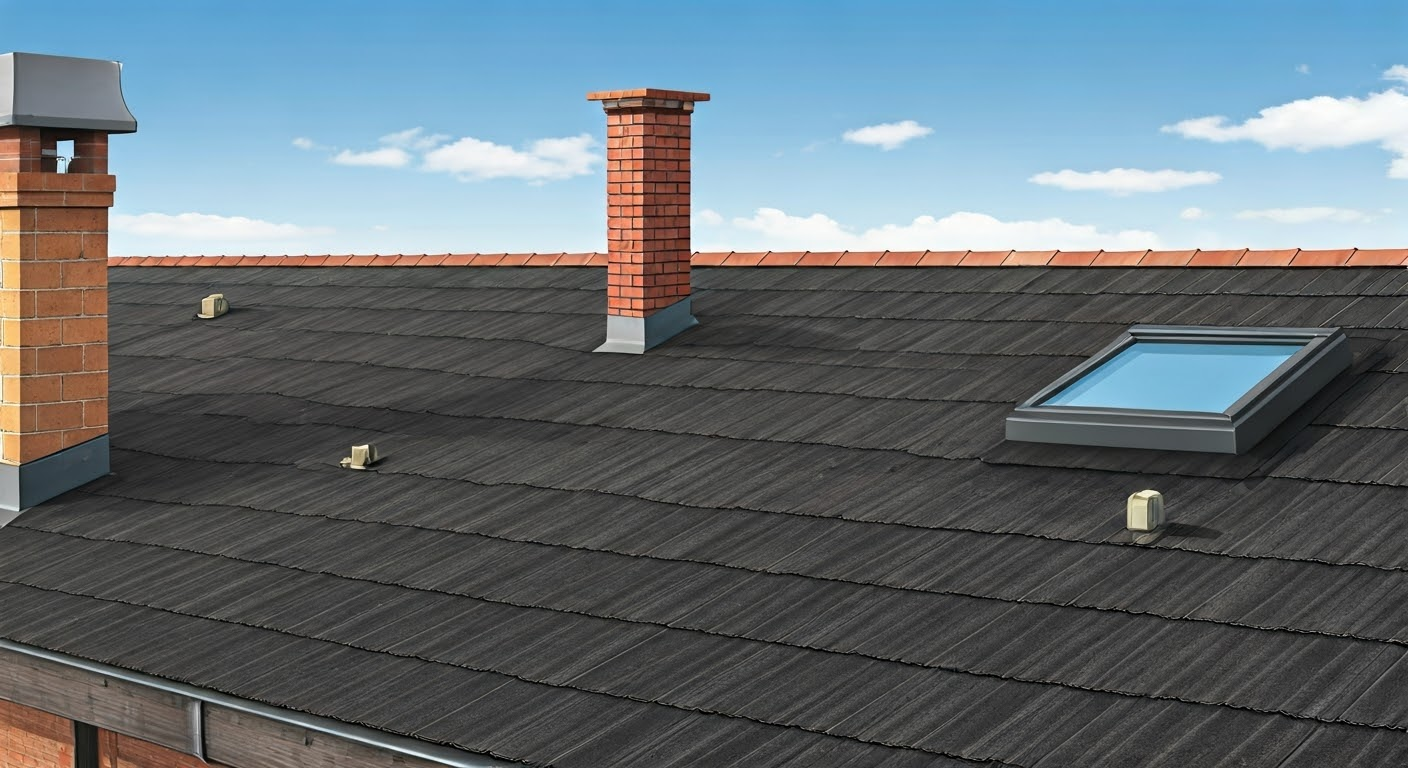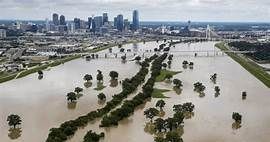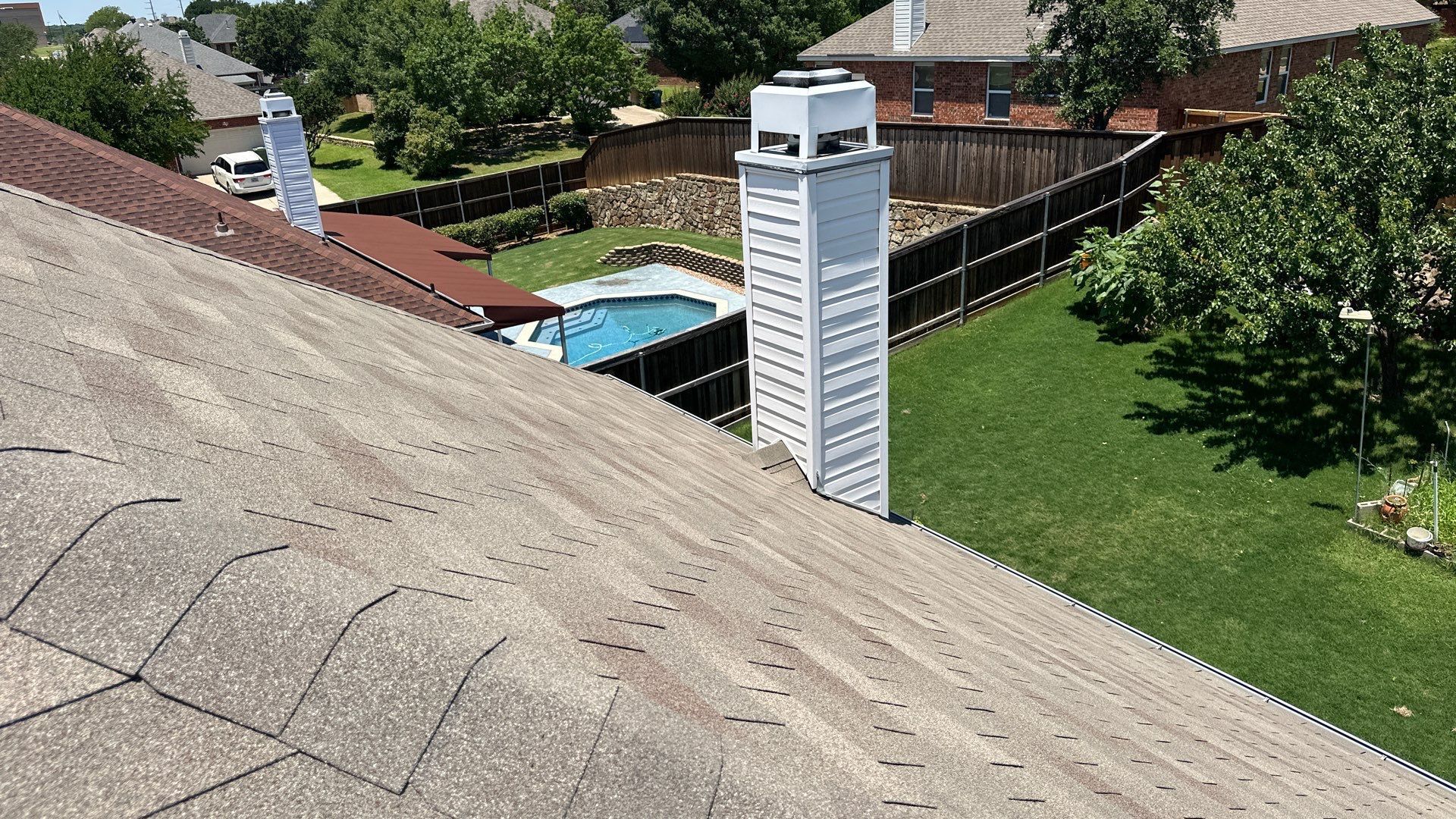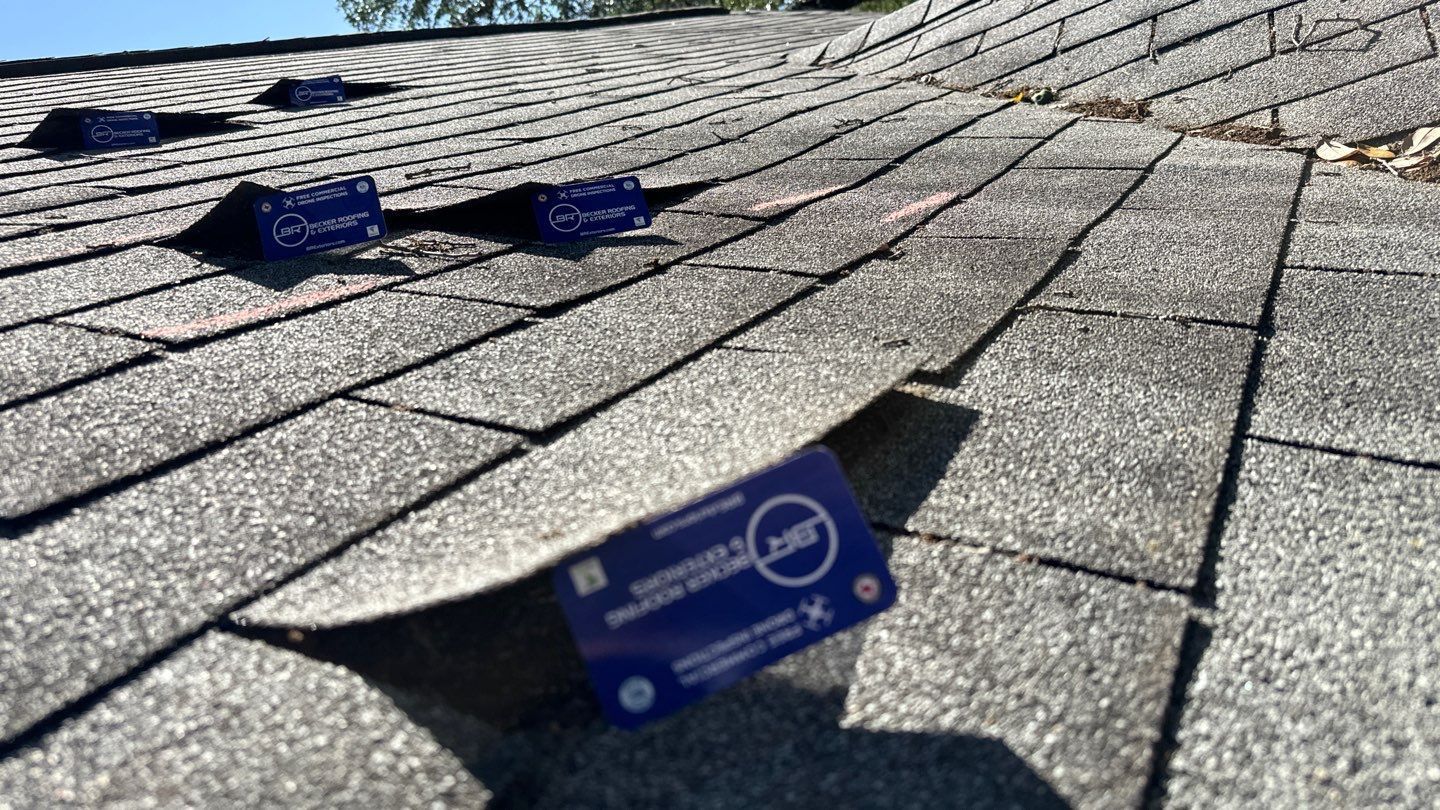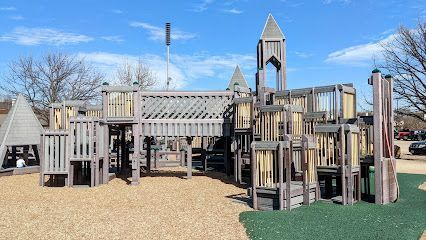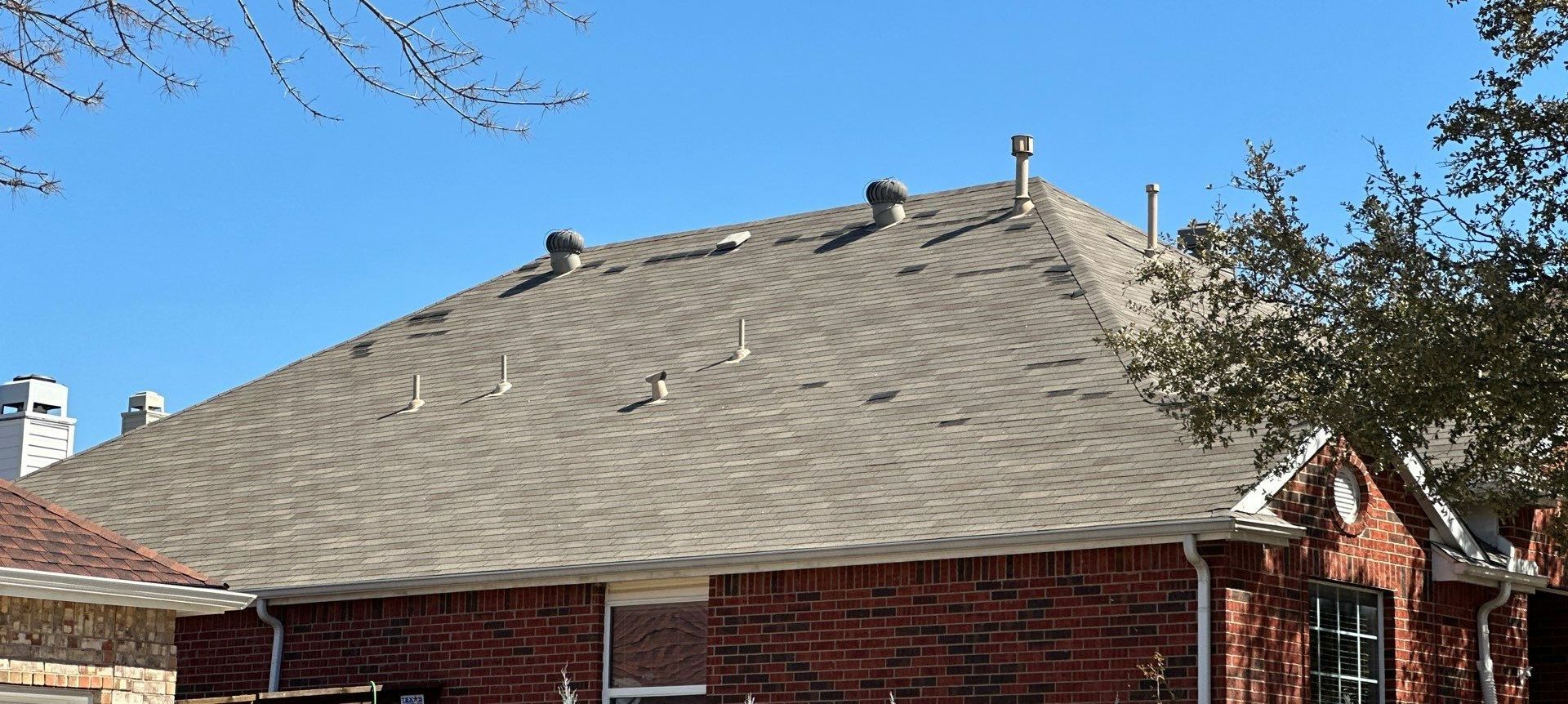Fort Worth Texas Hail Storm: Impact & History
Discover the history & impact of the Fort Worth Texas Hail Storm. Learn about hail damage to roofing from the April 1st storm
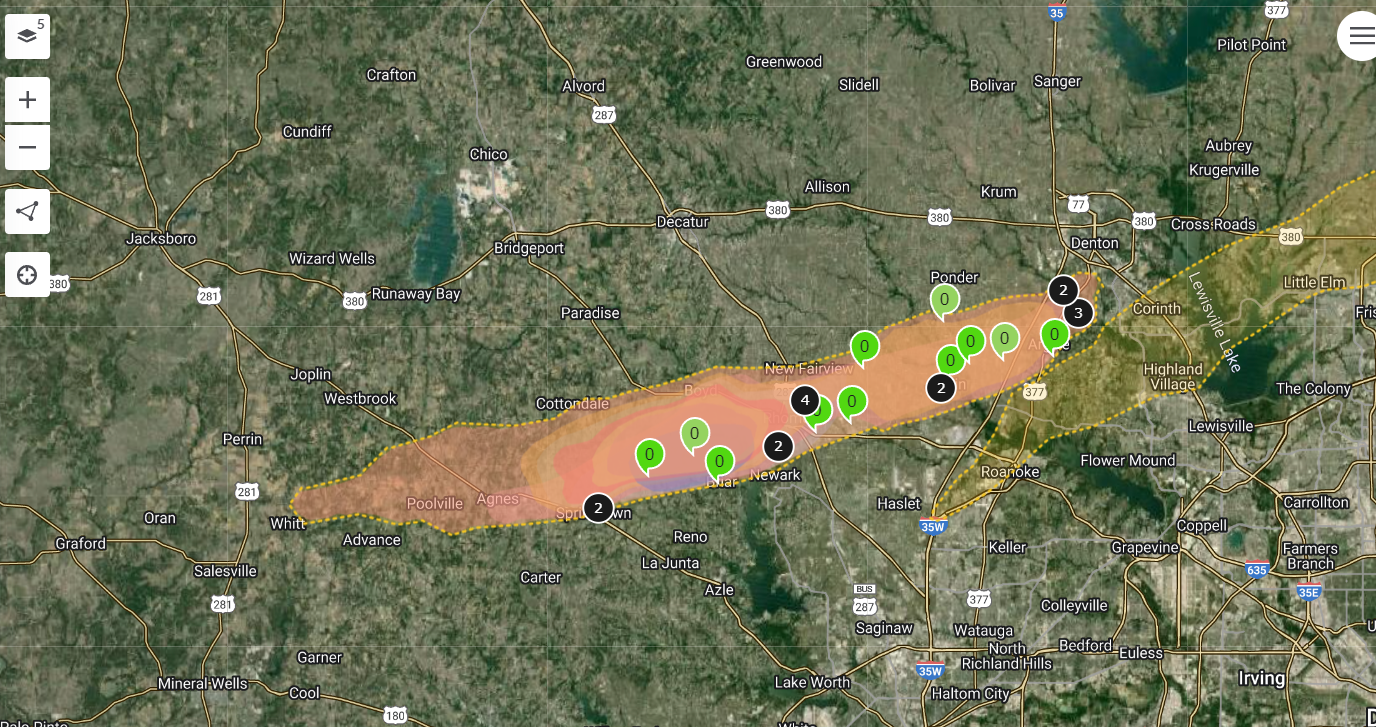
Fort Worth Texas Hail Storm: History & Impact
Key Highlights
- Fort Worth, Texas experienced a severe storm on April , 2023, causing significant damage to residential and commercial properties.
- The hail storm was accompanied by high winds, which further intensified the damage.
- Becker Roofing and Exteriors, a trusted roofing company, is ready to provide comprehensive hail damage roof insurance services to restore the affected properties.
- Hail can cause extensive damage to roofs, windows, and sidings, leading to water leaks and structural problems if not addressed promptly.
- The Becker Roofing and Exteriors team specializes in roof repair for hail damage and wind damage, offering commercial roof inspection and assistance with insurance claims.
Introduction
On April 2, 2023, Fort Worth, Texas, was hit by a severe hail storm that left a trail of destruction in its wake. The storm brought with it large hailstones, high winds, and heavy rainfall, causing significant damage to both residential and commercial properties in the area. Hail storms are not uncommon in this region, as Fort Worth lies in the heart of North Texas, an area known for its severe weather patterns and strong winds. However, this particular storm also caused extensive water damage to many homes and businesses near Eagle Mountain Lake, adding to the already significant impact of the large hail damage. With numerous reports of large hail, up to the size of baseballs and softballs, this storm was one of the most destructive in the history of Fort Worth, Texas.
The impact of a hail storm can be devastating. Hailstones, ranging in size from small pebbles to golf balls or even larger, can cause extensive damage to roofs, windows, and sidings. The forceful impact of the hailstones can crack or shatter glass, dent metal surfaces, and weaken the structural integrity of buildings. Additionally, the high winds that often accompany hail storms can further exacerbate the damage by dislodging older roofs and other loose materials and causing them to become airborne projectiles.
In times of such devastation, it is crucial to have reliable assistance to help restore the affected properties. Becker Roofing and Exteriors, a trusted restoration contractor and roofing company, is dedicated to providing comprehensive hail damage roofing insurance services in Fort Worth, Texas. Their team of experts, including public adjusters, building engineers, and roofing engineers, specializing in storm damage insurance restoration, is well-equipped to handle the challenges posed by hail storms and help commercial property owners navigate the complexities of insurance claims. They also offer emergency roof repair services from their experienced emergency response crews to help mitigate further damage to properties affected by severe weather, including window damage, ensuring a quick and efficient restoration process. Additionally, they provide interior restoration and construction services from experienced interior construction experts and building engineers, as well as large loss attorneys, to rebuild damaged properties, including debris cleanup, shrink wrap roofing, and water damage restoration. With their expertise in commercial and industrial roofing, Becker Roofing and Exteriors is a one-stop-shop for all restoration needs after a hail storm in Fort Worth, Texas. If your commercial property has been affected by a hail storm and has incurred window damage, call today for reliable and comprehensive assistance from Becker Roofing and Exteriors.
Understanding Hail Formation and Characteristics
Hail is a weather phenomenon that occurs during severe thunderstorms. It forms when updrafts in the storm carry raindrops upward into extremely cold areas of the atmosphere. These supercooled water droplets freeze and merge with other droplets, forming ice pellets. As the ice pellets are carried by the updrafts within the storm, they continue to grow by accumulating layers of ice. The hailstones become larger and heavier until they eventually fall to the ground as hail.
Hailstones can vary in size, shape, and density, depending on the conditions within the storm. Some hailstones may have a clear appearance, while others can be solid white. In rare cases, hailstones can even develop spiky protrusions, making them more dangerous and destructive upon impact.
The Science Behind Hail Formation
Hail formation is closely tied to severe thunderstorms, which are characterized by strong updrafts and downdrafts. These powerful air currents create the necessary conditions for hail to develop. The National Weather Service closely monitors severe thunderstorms and issues warnings to alert the public about the potential for hail and other severe weather events.
During a severe thunderstorm, updrafts carry water droplets upward into the extremely cold upper regions of the storm, where temperatures can reach well below freezing. The supercooled water droplets freeze upon contact with ice nuclei, such as dust particles or ice crystals. As the frozen droplets are carried by the updrafts, they collide with other supercooled droplets, causing them to freeze and merge. This process continues until the hailstones become too heavy for the updrafts to support, and they fall to the ground.
Varieties in Hailstone Appearance: Clear vs. Solid White
Hailstones can exhibit different appearances, with some being clear and others solid white. The appearance of a hailstone is primarily determined by its internal structure and the conditions it encounters during its formation. Large hailstones typically have a clear appearance due to their dense ice composition and lack of air bubbles. These hailstones have a translucent quality and are often more solid in structure.
On the other hand, smaller hailstones may appear solid white due to the presence of air bubbles and cloudiness within their structure. This cloudiness is caused by the accumulation of supercooled water droplets that freeze onto the hailstone's surface as it moves through the storm.
The variety in hailstone appearance is a result of the complex processes occurring within severe thunderstorms. Each hailstone can provide valuable insights into the storm's dynamics and help meteorologists better understand these severe weather events.
Explaining the Phenomenon of Spiky Hailstones
In some cases, hailstones can develop spiky protrusions, making them more dangerous and destructive upon impact. These spiky hailstones are often associated with severe weather conditions and intense updrafts within thunderstorms.
The spiky protrusions on hailstones form due to a combination of factors. As a hailstone is carried by an updraft, it experiences rapid growth and encounters turbulent wind patterns within the storm. These turbulent winds can cause the hailstone to rotate and tumble, leading to the formation of irregular shapes and spiky protrusions.
The presence of spiky hailstones indicates the intensity of the storm and the potential for significant damage. The spiky protrusions increase the hailstone's surface area, making it more prone to causing damage upon impact. The phenomenon of spiky hailstones highlights the destructive power of severe weather events and the importance of taking precautions to protect life and property.
Historical Overview of Hail Storms in Fort Worth, Texas
Fort Worth, Texas, has a history of hail storms that have caused significant damage to the area over the years. These hail storms have impacted both residential and commercial properties, leaving behind a trail of destruction and financial burden for property owners.
Timeline of Notable Hail Storms
Date
Location
Size of Hailstones
May 5, 1995
Fort Worth area
Golf ball-sized
April 5, 2003
Dallas County
Baseball-sized
May 12, 2011
Fort Worth area
Grapefruit-sized
Over the years, the Fort Worth area and Dallas County have experienced several notable hail storms. These storms have produced hailstones of various sizes, ranging from golf ball-sized to grapefruit-sized. Each hail storm has had a significant impact on the community, causing damage to roofs, vehicles, and other property.
The Costliest Hail Storms in Fort Worth's History
Fort Worth has also seen its fair share of costly hail storms. These storms have resulted in extensive hail damage and storm damage, leading to significant insurance claims and financial losses for property owners.
Insurance companies have had to process and settle numerous claims resulting from these hail storms. The cost of repairs and replacement of damaged property, combined with the disruptions caused by the storms, has made these hail events some of the costliest in Fort Worth's history.
Property owners affected by hail storms in Fort Worth often rely on professional restoration services to assess the damage, file insurance claims, and restore their properties to pre-storm conditions. The expertise and support provided by restoration companies such as Becker Roofing and Exteriors play a crucial role in helping the community recover from the devastating impact of hail storms.
The Largest Hailstones Recorded in Fort Worth
Fort Worth, Texas, has witnessed some record-breaking hailstones in its history. These hailstones have reached extraordinary sizes, leaving a lasting impact on the community and infrastructure.
Unveiling Record-Breaking Hailstone Sizes
The National Weather Service has documented some of the largest hailstones ever recorded in Fort Worth. These record-breaking hailstones have reached sizes of up to 4 inches in diameter. The sheer magnitude of these hailstones is a testament to the power and intensity of the storms that produced them.
The impact of such large hailstones on the community and infrastructure cannot be underestimated. From shattered windows to dented vehicles and damaged roofs, these hailstones leave a trail of destruction in their wake. Understanding the potential for such severe weather events and taking appropriate precautions is essential for the safety and well-being of residents in areas prone to hail storms.
Impacts of Large Hailstones on the Community and Infrastructure
Large hailstones can have a significant impact on both the community and infrastructure in areas affected by hail storms. The destructive force of these hailstones can cause extensive damage to buildings, vehicles, and other property.
The community impact of large hailstones extends beyond the physical damage caused. Residents may experience disruptions to daily life, such as power outages, road closures, and limited access to essential services. The economic impact of hail storms can also be substantial, as property owners face the financial burden of repairing or replacing damaged assets.
Infrastructure damage resulting from large hailstones can affect essential services and utilities. Roofs may require immediate repairs to prevent water leaks and further structural damage, known as roof damage. Vehicles damaged by hailstones may require repairs or replacement, impacting transportation and commerce in the area. The restoration and recovery process following a hail storm requires the coordination of various resources and expertise, including commercial roofing and permanent repairs, mold remediation, and restoration services for properties such as hospitals, schools, churches, and residential properties with tile roofing. In some cases, the damage may be extensive enough to require permanent repairs to the entire roof, which can greatly impact the community's ability to bounce back from the storm. This is why it is important to have an experienced disaster roofing contractor who can provide both temporary solutions, such as tarping and durable shrink wrapping with a plastic membrane, as well as permanent repairs to ensure the safety and stability of the community and its infrastructure.
Hail Statistics and Patterns in Texas
Texas, as a whole, experiences a significant frequency of hail storms. Certain cities in the state are particularly susceptible to hail due to their geographical location and weather patterns.
Cities with the Highest Frequency of Hail
North Texas, including Fort Worth, is known for its high hail frequency. The region experiences a higher number of severe weather events, including hail storms, compared to other parts of the state.
Annual Average of Hail Claims in Texas and Fort Worth Over the Last 5 Years
The number of hail claims filed in Texas and specifically in Fort Worth over the last five years highlights the frequency and impact of hail storms in the area. Insurance policies play a crucial role in helping property owners recover from hail damage and restore their properties.
Mitigating the Impact of Hail Storms
Mitigating the impact of hail storms requires proactive measures to protect property and ensure the safety of residents. Implementing effective strategies can minimize the damage caused by hail and facilitate the restoration process.
Effective Strategies for Protecting Property
- Invest in impact-resistant roofing materials, such as metal or asphalt shingles designed to withstand hail impact.
- Secure outdoor items, such as patio furniture and gardening equipment, before a hail storm.
- Install storm shutters or impact-resistant windows to protect glass surfaces from hail damage.
- Regularly inspect and maintain roofs to identify and address any vulnerabilities that may make them susceptible to hail damage.
- Seek professional storm damage restoration services to assess and repair any hail damage promptly.
The Role of Emergency Services and Disaster Response
Emergency services and disaster response teams play a crucial role in managing the aftermath of a hail storm. These teams provide immediate assistance and support to affected communities, ensuring the safety of residents and the efficient restoration of essential services.
Conclusion
In conclusion, understanding the history and impact of hail storms in Fort Worth, Texas, is crucial for preparedness and mitigation. By exploring the science behind hail formation, historical overview, largest hailstones recorded, and strategies for protection, residents can better equip themselves against potential damages. With insights into hail statistics, impacts on infrastructure, and emergency response measures, individuals can navigate the challenges posed by these natural phenomena more effectively. Stay informed, stay prepared, and prioritize safety in the face of unpredictable weather occurrences.
Frequently Asked Questions
Why do some hailstones appear clear while others are solid white?
The appearance of hailstones can vary depending on their internal structure and the conditions in which they form. Hailstones with a clear appearance are typically denser and lack air bubbles, while solid white hailstones may contain air bubbles and appear cloudy.
Can hailstones be prevented from forming?
Hail formation is a natural weather phenomenon that cannot be prevented. It occurs during severe thunderstorms when specific atmospheric conditions are present. The National Weather Service closely monitors severe weather events and issues warnings to help prepare communities for potential hail storms.
How can residents better prepare for a hail storm?
Residents can take proactive measures to prepare for a hail storm by securing outdoor items, having an emergency plan in place, and staying informed about weather forecasts. Property owners can also consult with emergency response services for expert advice on safeguarding their properties.
What measures are taken by the city to mitigate hail damage?
Cities often implement measures to mitigate hail damage, such as implementing building codes that require impact-resistant roofing materials and conducting regular inspections of public infrastructure. These measures aim to reduce the potential impact of hail storms on both public and private property.
How does hail impact insurance policies in Texas?
Hail damage can have a significant impact on insurance policies in Texas, particularly in areas prone to hail storms like Fort Worth. Property owners may need to file insurance claims to cover the costs of repairing or replacing hail-damaged property.
Are there any advancements in predicting hail storms?
The National Weather Service and other meteorological organizations continually work on improving hail storm prediction through technological advancements. Advanced radar systems and computer models help meteorologists detect and track severe storms, providing more accurate forecasts and warnings.
What is being done to study and understand hail storms better?
Scientists and researchers, including those from the National Weather Service, conduct ongoing studies and research to better understand hail storms. Their efforts contribute to improved forecasting, mitigation strategies, and the development of more resilient building materials.

